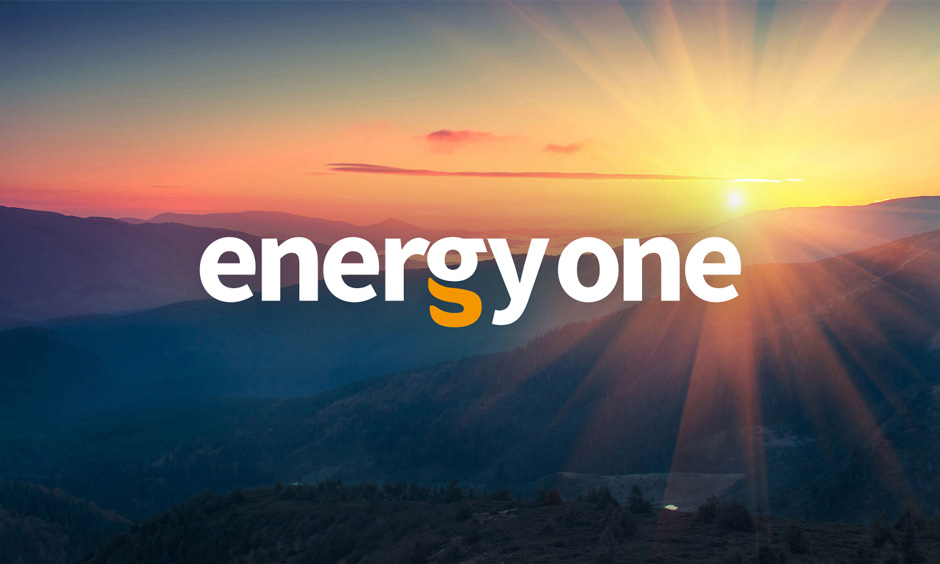Intro
Today we will shed some light on how you can get a full grip on your natural gas portfolio and get insights in the full value chain for the Dutch gas market. From upstream/wholesale purchase until downstream delivery to consumers. We’ll explain how you can gradually take steps to become a full shipper, and the benefits you can realize by taking these steps.
Who are we?: Energy One Belgium has been helping companies in the European energy markets for 13+ years, as a reliable software- and service-provider. Our founding fathers have more than 25 years of experience in the natural-gas & power market. Since our inception in 2008 we’ve been helping several clients in The Netherlands with all operational aspects of managing and optimizing their natural gas portfolios. We know the ins and outs of the Dutch market and we have good relationships with all market participants such as GasunieTransportServices, and hub & storage operators.
Some core concepts
The goal of this blog is to provide a summary and starting point for downstream gas suppliers that deliver natural gas to consumers (B2B or B2C) on the low-pressure gas grid. Due to the liberalisation of the energy markets in the noughts (2000s) there has been an increase in market participation of small and medium-sized energy suppliers.
Currently most of these market players are being supplied by third parties who act as their balancing responsible party/gas shipper on the off-take points between the high- and low-pressure gas grids. Below are some short explanations of core acronyms that we’ll use throughout the blog and that you will see pop-up on the TSO website, etc.
- PV = ProgrammaVerantwoordelijke or ‘Program Responsible’: the designation on the Dutch gas-grid for a shipper of natural gas
- GOS = GasOntvangstStation or ‘Gas Delivery Station’: the switching points between the high- and low-pressure grids, indicating the border between what is often called ‘upstream’ and ‘downstream’. It’s a delivery point where downstream energy suppliers get their gas from PVs/shippers.
- TTF = Title Transfer Facility: the hub (gas exchange) where gas is traded in The Netherlands
- TTF-B = Virtual hub/gas exchange upstream
- GTS = Gasunie Transport Services: the TSO managing the Dutch gas grid
How do you trial being a PV/Shipper without additional risks?
There’s several steps you can take to gradually gain more knowledge and insights into the gas balancing market on the grid managed by GTS.
Step 1 – register your own PV/shipper entity
In order to become a shipper in the Dutch gas market, you first have to obtain a license as explained further in this blog. Once you’ve obtained your PV license you can let your current shipper supply you on TTF-B, instead of on the downstream gas delivery point, also known as GOS. Energy One can assist you during the process of becoming a PV/shipper.
Step 2 – enter into a Balance Agreement with your current supplier
Once you are registered as a PV you can ask your ‘wholesale gas supplier’ to deliver your full portfolio volume on TTF-B, while letting your current gas supplier carry the imbalance risk:
“In case a shipper transports gas to domestic physical network points, he has the possibility to transfer (a part of) his imbalance risk to another shipper. To realize this he must enter in a Balance Agreement with another shipper.”
GTS Website
For more info on this balancing agreement please consult: https://www.gasunietransportservices.nl/en/shippers/products-and-services/balance-agreement-ttf-b
Step 3 – Experiment with a small % of your portfolio
By entering into a balancing agreement you can be fully supplied on TTF-B, while your supplier carries a percentage of your imbalance risk (this can be up to 100%). You can then start ‘experimenting’ what it means to be your own PV/shipper, with only a small percentage of your volume. Meanwhile you let your current supplier still manage the delivery of the rest of your portfolio.
By putting a small usage signal on your own PV/shipper code, you can start trading small volumes, forecasting and optimising your portfolio management strategies. You take the imbalance risk for that small % of your portfolio which you decide to manage yourself. This gives you the full overview of what it means to balance a part of your own portfolio, allowing you to see return-on-investment and building an internal business case. Practice makes perfect, as we say, and it’s the ideal training ground to see if it’s beneficial to take the next step – shifting your full portfolio to your own PV/shipper entity!
Once you’ve gained some experience you could also opt to participate on trading on the most liquid gas-hub in Europe, TTF. This will also give you additional insights into the energy markets, pricing dynamics, etcetera.
Furthermore you can also start screen-trading on the exchanges, where you buy volumes on the spot market, or offer your excess capacity for sale. Intra-day trading can also offer a nice additional revenue stream for the company.
With a good forecast and the assistance of an experienced service provider you can test all these different scenarios. The end goal is to see which option fits your portfolio, risk profile, and your company’s growth strategy.
The benefits of this approach?
- You can explore upstream activities at your own pace, and without risk
- You only have to switch your end-consumers once to your own PV/Shipper
- You can diversify your purchasing strategy by buying from multiple PVs on TTF-B
How do you become a PV & how can we help?
The full process to register your own shipper entity & become a PV is described very well on the website of GTS: https://www.gasunietransportservices.nl/en/shippers/become-a-customer/become-a-shipper
During the process to get your shipper license you will have to set-up a communication channel between your entity and the TSO, GTS. Energy One can help you out with our SaaS for market communications, Cosmos. As your service provider we will maintain your communication channel and keep it up-to-date. This ensures you will always communicate using the latest message formats and security protocols with GTS.
On top of that you will have to appoint a 24/7 emergency contact with GTS, which is where our experienced 24/7 service-desk comes in. Our dispatchers can also take care of all operational tasks to manage your gas portfolio such as nominations, balancing your portfolio, or trading away small volumes during weekends, nights, or even 24/7.
You will also need software to carry out these operations as described above: nominating, matching, capacity booking, etc. Especially if you wish to take ownership of a small % of your portfolio as described in step 3. You carry the imbalance risk and you need to nominate these volumes with GTS. Enter our intuitive SaaS-solutions, allowing you to nominate & manage your portfolio wherever you are, as long as you have internet.
Our software solutions are also integrated with suppliers of forecasting, and weather data, allowing you to correctly gauge volumes and limiting the imbalance risk (and related costs). Throughout this process we are happy to share tips and tricks with you, based on our many years of experience in the Dutch natural gas markets. Should you wish to expand across borders we can help you out in 18 other European gas markets (and counting) as well as 15 power grids!


